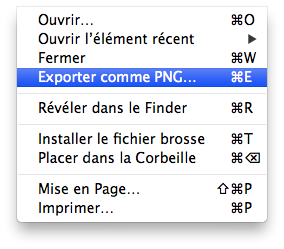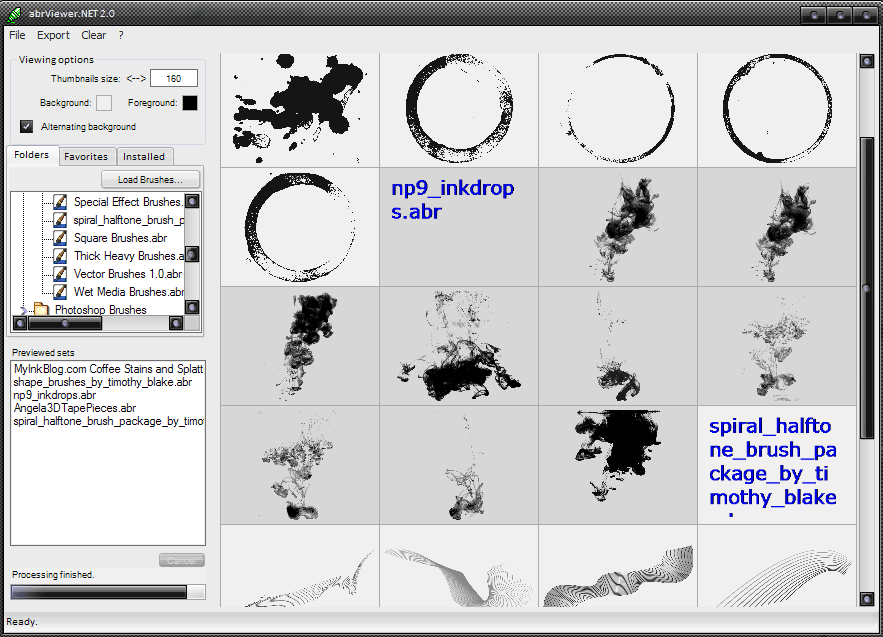
What Is Abr Viewer How To Open A
The routing devices that participate in OSPF routing perform one or more functions based on their location in the network, as we will see within this article.Find out how to open a ABR file, how to convert a ABR file into a different. This reduces the number of link-state advertisements (LSAs) and other OSPF overhead traffic sent on the network, and it reduces the size of the topology database that each router must maintain. Solutions where one or more users have to broadcast their streams from a single session to a large audience.In OSPF, a single autonomous system (AS) can be divided into smaller groups called areas. I’ve been dealing recently with more clients who are looking to create live broadcast experiences. WebRTC simulcast and ABR is all about offer choice to viewers. WebRTC simulcast and ABR two sides of the same coin.
Which are key to how and what defines the various area types. But it doesnt seem to.To understand areas we must first understand the types of OSPF routers and LSA types. Save them as TIFF or JPEG files for easy publishing or sharing.AbrViewer.net does the same thing and its site is on Sourceforge (which has had its own troubles, but that seems to have stabilized). Total Image Converter supports almost all RAW camera photos (CRW, CR2, NEF, PEF, RAF, X3F, RAW, BAY, ORF, NRW, SRF, MRW). Make them suitable for the web or emailing.


Totally stubby area - This area is the same as a stub area with the addition that they do not receive type 3 LSA's. This reduces the OSPF topology along with LSA overhead. Stub area - With stub areas external routes are not propagated into the stub area by the ABR but replaced with a default route instead. This includes the backbone area.
Type 5 LSAs are sent by the ASBR to advertise external routes.Stub areas allow you to control the advertisement of external routes into an area. Type 4 LSAs are sent by the ABR advertising the path back to the ASBR. Type 3 LSAs are sent by the ABR to advertise inter-area routes. Type 1 and Type 2 LSA's are flooded between routers sharing a common area. Standard areas are based on the following LSA's: Not-so-stubby area - Also known as NSSA, is an area similar to a stub area but with the addition of an ASBR.First of all, we have the standard area.
Totally Stubby AreasTotally stubby areas are similar to stub areas, in the fact that they do not receive type 4 or 5 LSAs from their ABRs. Instead, the Type 3 LSA includes a default route which it sends out to the stub area nodes.Figure 4: Stub OSPF area. This, in turn, reduces the CPU/memory used by the nodes to maintain the topology database.With stub areas, the Type 5 LSA is not sent by the ABR.
↩︎"Understanding OSPF Stub Areas, Totally Stubby. Reference"Understanding OSPF Areas - TechLibrary - Juniper Networks.". With Not-so-totally stubby area's Type 3 LSA's are also suppressed. This LSA Type 7 is then converted into a Type 5 by the ABR.NSSA's can function as either stub (shown above), or totally stubby area's. Not-so-stubby AreasAn NSSA (Not-so-stubby area) is simply a stub based area that includes an ASBR.Therefore Type 3 (inter-area) LSAs will still be sent by the ABR.However, as the rule of stub areas is that the LSA Type 5 is not sent, the ASBR sends an LSA Type 7 announcing its external routes to the ABR.


 0 kommentar(er)
0 kommentar(er)
